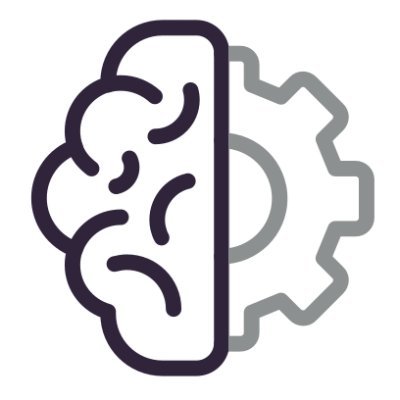Passive technology use backseats our personal agenda. “Every technology is an expression of the human will [to] expand our power and control over our circumstances—over nature, over time and distance [and] over one another” (Carr (@roughtype), 2019, p. 45). While there are good distractions, passive digital addictions can become parasitic exploitations rather than mutually beneficial relationships. You needn’t believe in subliminal advertising to acknowledge that the only true objective of digital marketing is to change perceptions (Orlowski (@jefforlowski, @tristanharris, @shoshanazuboff, @jeffseibert, @Moonalice, @aza, @cynthiamw, @tkendall, @rosenstein, @mathbabedotorg, @Randima_F. @gchaslot, @noUpside, @aroetter@JonHaidt), 14:18-14:59). The concept of "neural mirroring as a model for attention paying” demonstrates how "the subject of our focus reshapes our brain to its point of view” (Goldhaber (@mgoldh), 2006). Long before neuroscience could prove it, poets, playwrights, and hypnotists throughout history mastered storytelling’s art of lulling the mind’s conscious watchguard to sleep so that they may whisper directly to our subconscious. Just because an attention experience is top-down doesn’t imply we’re in total control of our learning, but clearly when streaming bottom-up content we’re not steering the ship (Heath, 2012, p. 56). Passive addictions amount to the loss of self-control and agency. They lead to the low-intensity erosion of personal freedoms. A pervasive surveillance marketing culture makes us so addicted and dependent on automation that we can never unplug 24/7 is an overt assault on our autonomy.

